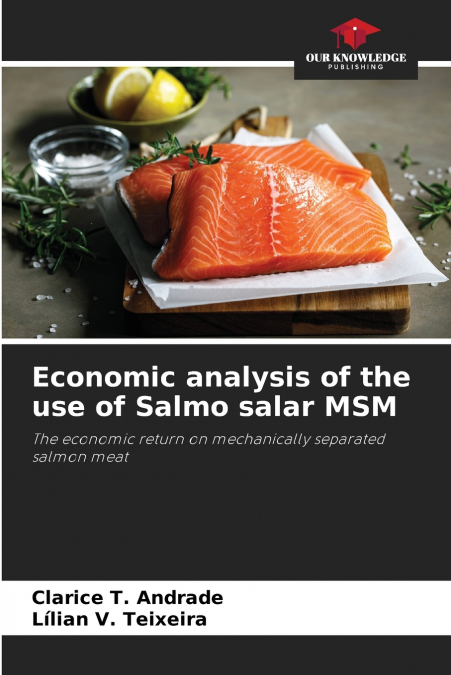
Clarice T. Andrade / Lílian V. Teixeira
One of the most common forms of fish processing is filleting. After this process, the carcasses are left with fractions of quality meat that are difficult to reuse. The fish processing industry therefore generates, in addition to various nutritious products, waste that is not always properly disposed of and can cause environmental problems. In this sense, the use of MSM (Mechanically Separated Meat) technology is an interesting alternative for promoting the use of meat adhered to carcasses. The transformation of waste into new products that can be used in human or animal food is a very important practice, capable of generating an extra source of income for the processing industries. The aim of this study was to determine the yield of the process of extracting SMC from Atlantic salmon (S. salar) carcasses in a fish warehouse located in Belo Horizonte, MG (Brazil). A protocol was proposed for making kibbeh from the SMC obtained, as well as studying the economic viability of acquiring the equipment needed to produce both SMC and salmon kibbeh.